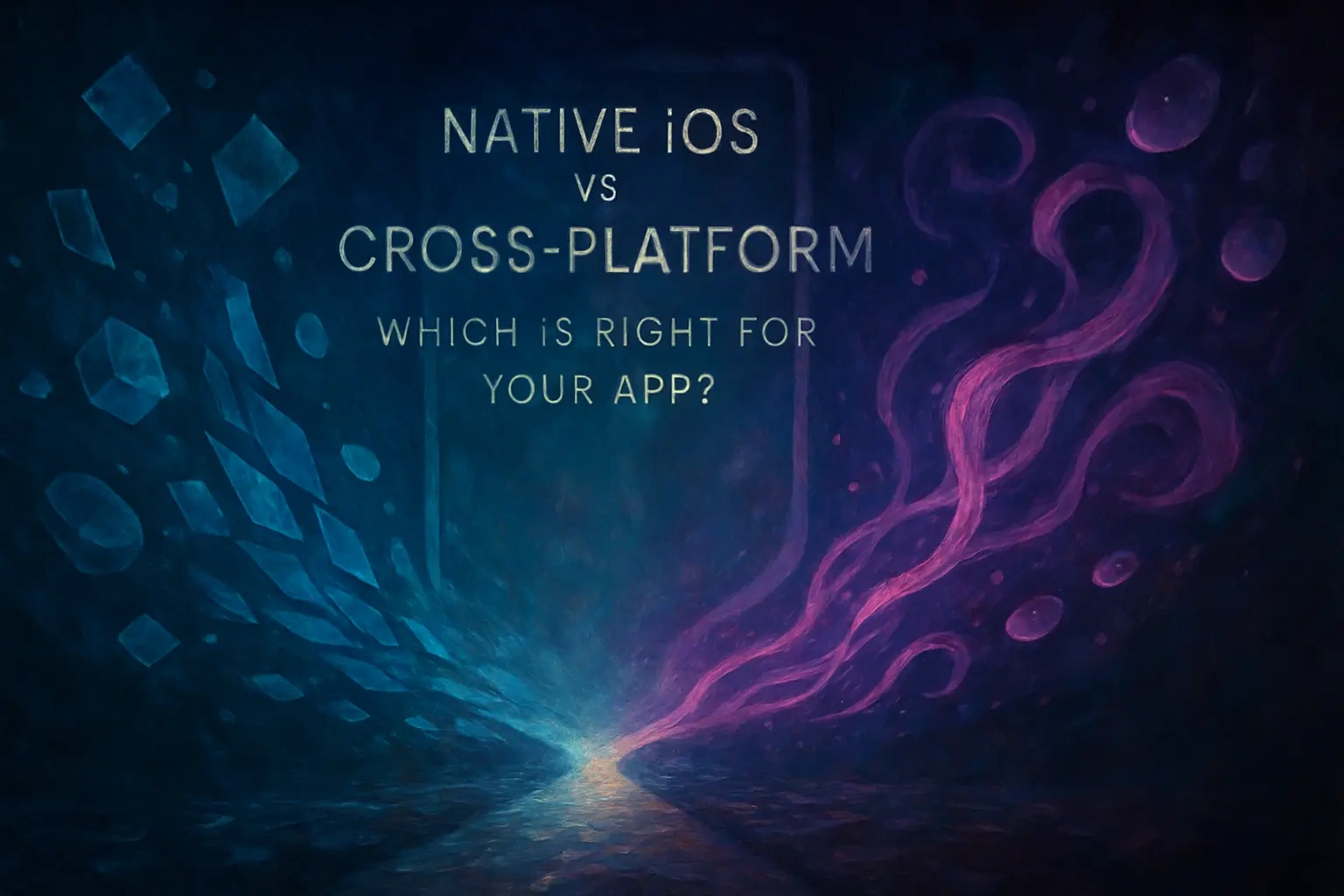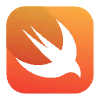Native iOS vs. Cross-Platform: Which is Right for Your App?

Native iOS vs. Cross-Platform: Which is Right for Your App?
What is Native iOS Development?
Pros: Unmatched Performance and UX
Pros: Full Access to Device Features
Cons: Higher Cost and Longer Time-to-Market
What is Cross-Platform Development?
Pros: Cost-Effectiveness and Speed
Pros: Consistent UI and Easier Maintenance
Cons: Performance Limitations and Feature Lag
Head-to-Head: A Feature Comparison
Performance
User Experience (UI/UX)
Development Time & Cost
Maintenance & Scalability
When to Choose Your Path
Choose Native If...
Choose Cross-Platform If...
Making Your Final Decision
References
Native iOS vs. Cross-Platform: Which is Right for Your App?
What is Native iOS Development?
Pros: Unmatched Performance and UX
Pros: Full Access to Device Features
Cons: Higher Cost and Longer Time-to-Market
What is Cross-Platform Development?
Pros: Cost-Effectiveness and Speed
Pros: Consistent UI and Easier Maintenance
Cons: Performance Limitations and Feature Lag
Head-to-Head: A Feature Comparison
Performance
User Experience (UI/UX)
Development Time & Cost
Maintenance & Scalability
When to Choose Your Path
Choose Native If...
Choose Cross-Platform If...
Making Your Final Decision
References
Posted Jul 6, 2025
Should you build a native iOS app or use a cross-platform solution like React Native or Flutter? Understand the key differences in performance, cost, and user experience.











